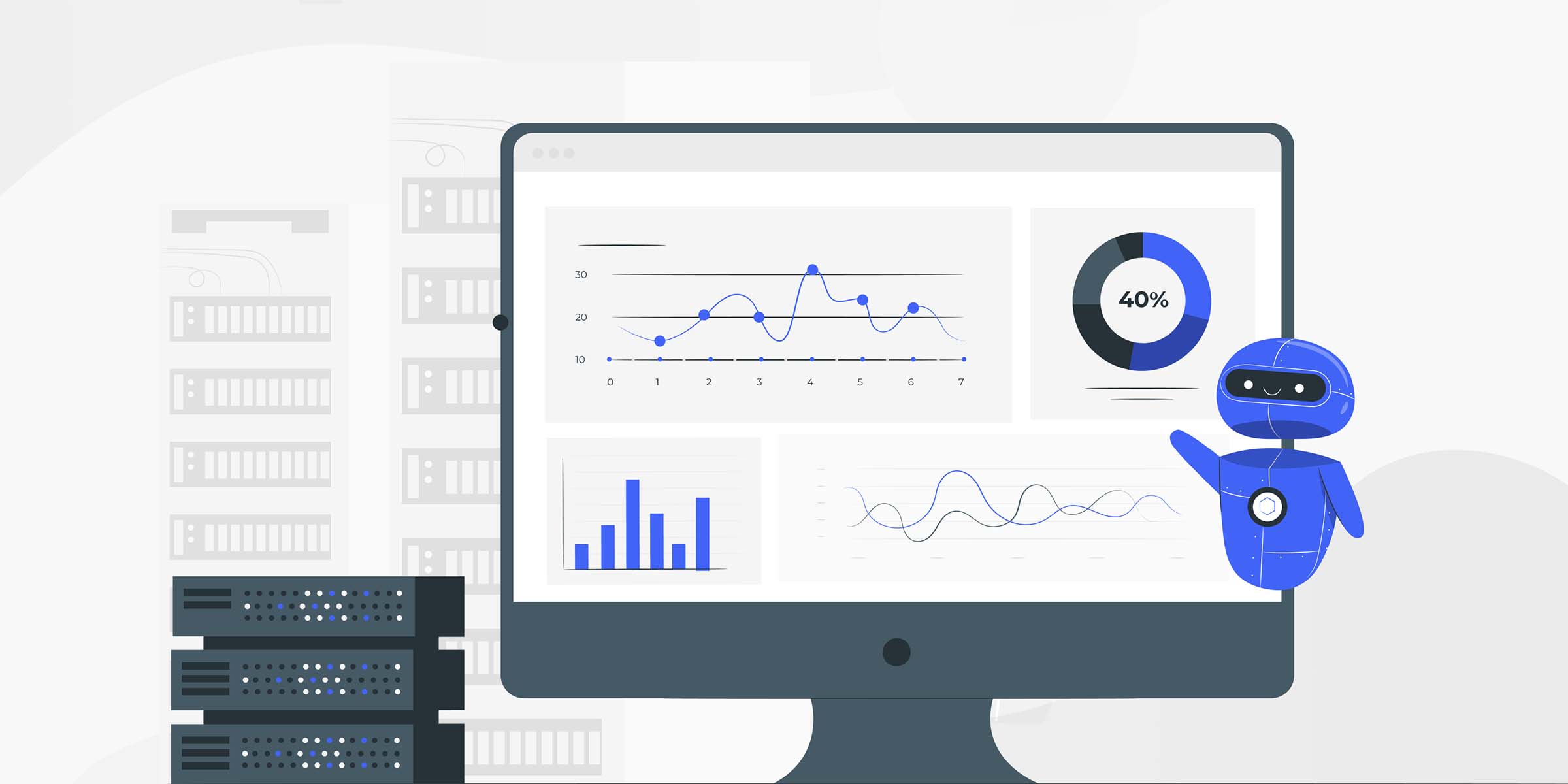Residential Proxies
Allowlisted 200M+ IPs from real ISP. Managed/obtained proxies via dashboard.

Proxies
Residential Proxies
Allowlisted 200M+ IPs from real ISP. Managed/obtained proxies via dashboard.
Residential (Socks5) Proxies
Over 200 million real IPs in 190+ locations,
Unlimited Residential Proxies
Use stable, fast, and furious 700K+ datacenter IPs worldwide.
Static Residential proxies
Long-lasting dedicated proxy, non-rotating residential proxy
Dedicated Datacenter Proxies
Use stable, fast, and furious 700K+ datacenter IPs worldwide.

Web Unblocker
View content as a real user with the help of ABC proxy's dynamic fingerprinting technology.
Proxies
API
Proxy list is generated through an API link and applied to compatible programs after whitelist IP authorization
User+Pass Auth
Create credential freely and use rotating proxies on any device or software without allowlisting IP
Proxy Manager
Manage all proxies using APM interface

Proxies
Residential Proxies
Allowlisted 200M+ IPs from real ISP. Managed/obtained proxies via dashboard.
Starts from
$0.77/ GB
Residential (Socks5) Proxies
Over 200 million real IPs in 190+ locations,
Starts from
$0.045/ IP
Unlimited Residential Proxies
Use stable, fast, and furious 700K+ datacenter IPs worldwide.
Starts from
$79/ Day
Rotating ISP Proxies
ABCProxy's Rotating ISP Proxies guarantee long session time.
Starts from
$0.77/ GB
Static Residential proxies
Long-lasting dedicated proxy, non-rotating residential proxy
Starts from
$5/MONTH
Dedicated Datacenter Proxies
Use stable, fast, and furious 700K+ datacenter IPs worldwide.
Starts from
$4.5/MONTH
Knowledge Base
English
繁體中文
Русский
Indonesia
Português
Español
بالعربية

Ping: Understanding Its Functionality and Operation
In the realm of networking terminologies, "ping" is a fundamental utility that plays a crucial role in determining the connectivity status between different devices on a network. This article delves into the concept of ping, shedding light on what it is, how it works, and its significance in the networking domain.
At its core, ping is a network diagnostic tool used to test the reachability of a host on an Internet Protocol (IP) network. The term "ping" itself is derived from sonar technology, where a sound pulse is sent to detect objects underwater. Similarly, in the networking context, a small packet of data is sent from one device to another to assess the response time and availability of the target device.
When a ping command is initiated from a source device, a small packet known as an Internet Control Message Protocol (ICMP) echo request is sent to the target device. Upon receiving this packet, the target device generates an ICMP echo reply, indicating that it is reachable and responsive. The round-trip time taken for the packet to travel from the source to the target and back is measured, providing insights into the latency and reliability of the network connection.
Ping operates based on the principle of the Transmission Control Protocol/Internet Protocol (TCP/IP) suite, which serves as the backbone of modern internet communication. By leveraging ICMP messages, ping can ascertain whether a particular device is online, gauge the network latency, identify packet loss, and diagnose connectivity issues.
Ping serves various critical functions in the realm of networking:
1. **Network Troubleshooting**: Ping is a valuable tool for network administrators and technicians to diagnose connectivity problems, identify network congestion, and pinpoint potential bottlenecks in the network infrastructure.
2. **Quality of Service (QoS) Assessment**: By measuring the round-trip time of packets, ping helps in assessing the quality of service provided by the network, enabling organizations to optimize their network performance.
3. **Device Monitoring**: Ping can be utilized for real-time monitoring of network devices, ensuring continuous availability and responsiveness of critical components.
4. **Security Analysis**: Ping can be leveraged for security purposes to detect potential threats such as network scanning activities or denial-of-service (DoS) attacks.
In conclusion, ping stands as a foundational tool in the realm of networking, offering invaluable insights into network connectivity, latency, and reliability. Understanding how ping operates and its significance in network diagnostics is essential for maintaining a robust and efficient network infrastructure. By harnessing the power of ping, organizations can enhance their network performance, troubleshoot issues effectively, and ensure seamless connectivity across diverse devices and systems.
Featured Posts
Popular Products
Residential Proxies
Allowlisted 200M+ IPs from real ISP. Managed/obtained proxies via dashboard.
Residential (Socks5) Proxies
Over 200 million real IPs in 190+ locations,
Unlimited Residential Proxies
Use stable, fast, and furious 700K+ datacenter IPs worldwide.
Rotating ISP Proxies
ABCProxy's Rotating ISP Proxies guarantee long session time.
Residential (Socks5) Proxies
Long-lasting dedicated proxy, non-rotating residential proxy
Dedicated Datacenter Proxies
Use stable, fast, and furious 700K+ datacenter IPs worldwide.
Web Unblocker
View content as a real user with the help of ABC proxy's dynamic fingerprinting technology.
Related articles

How does the ChatGPT RAG example improve information processing capabilities
Analyze the actual application scenarios of ChatGPT combined with Retrieval Augmented Generation (RAG) technology, explore its value in knowledge integration and data acquisition, and understand how abcproxy provides underlying support for the RAG system.

How to remove website access restrictions
This article analyzes the technical principles and mainstream solutions of website access restrictions, and explores the core role of proxy IP in bypassing regional blocking and anti-crawling mechanisms. abcproxy provides multiple types of proxy IP services to help you break through network restrictions efficiently.

How to create a web page tutorial with Python
This article explains the core steps and common challenges of Python web development, and explores the key role of proxy IP in data collection and testing. abcproxy provides a variety of proxy IP solutions to help efficient development.